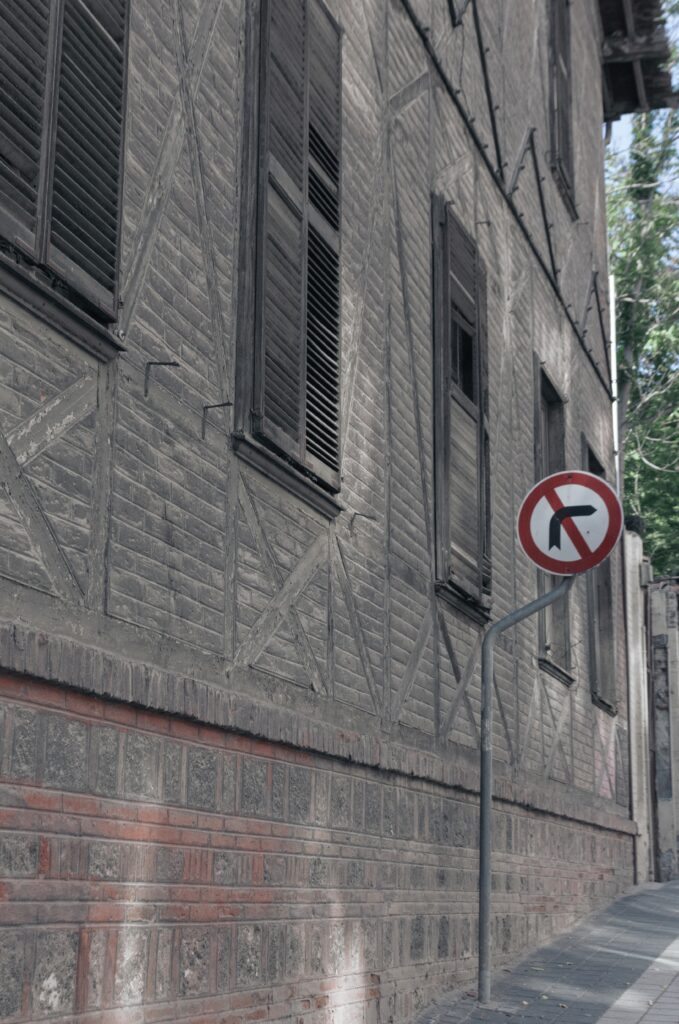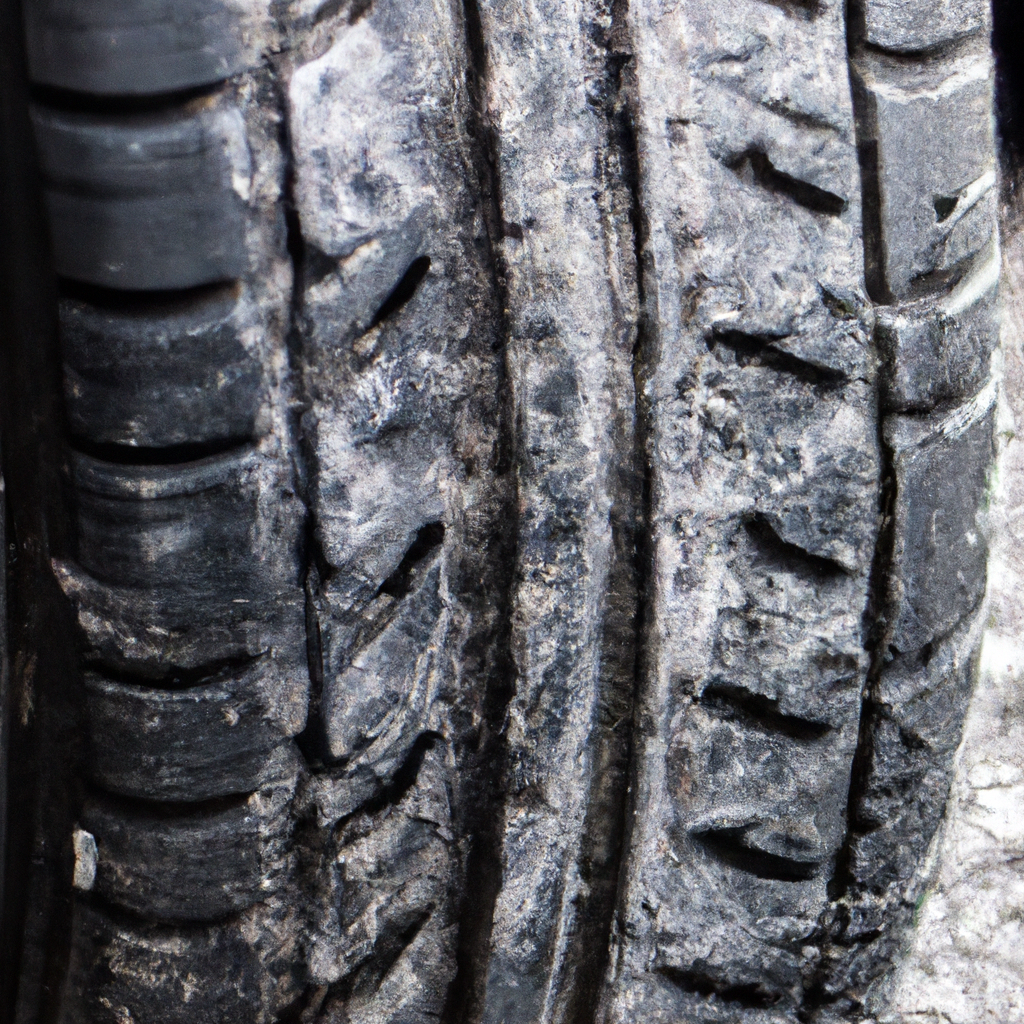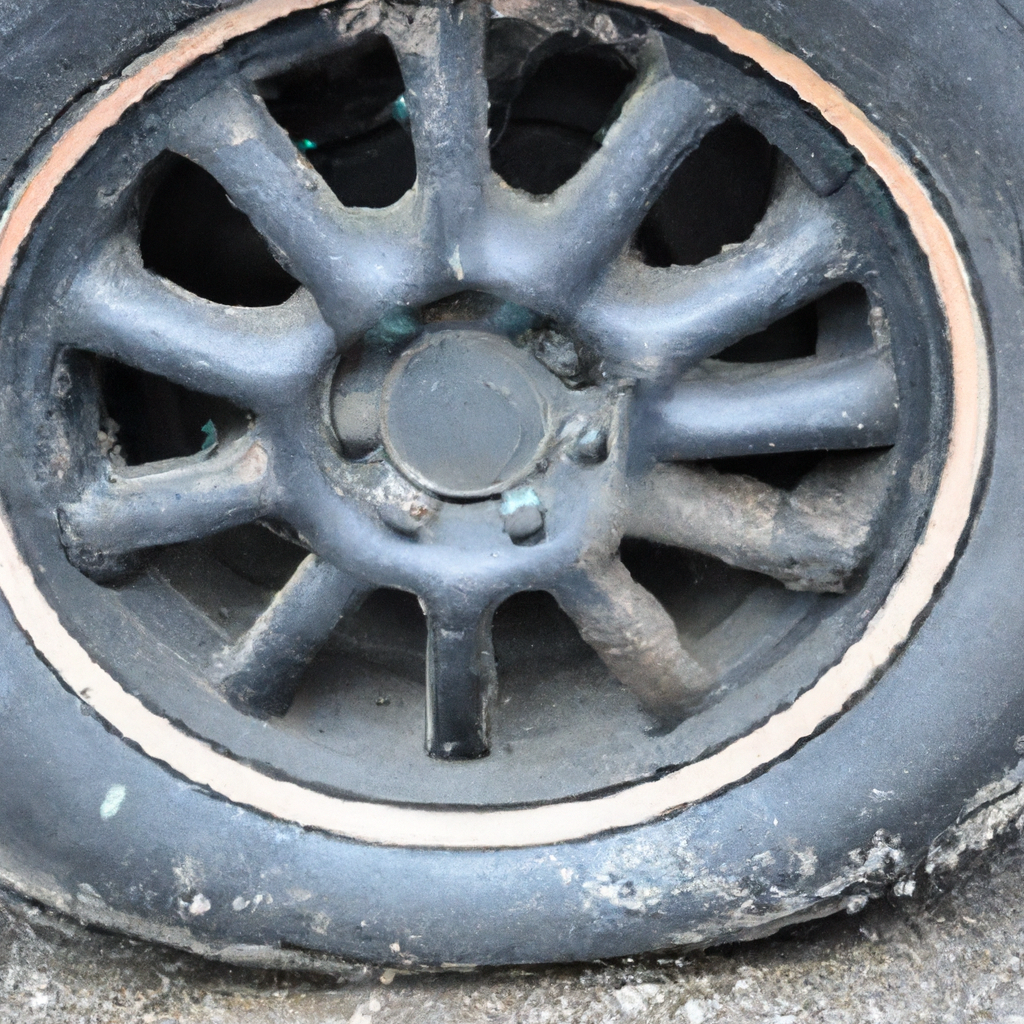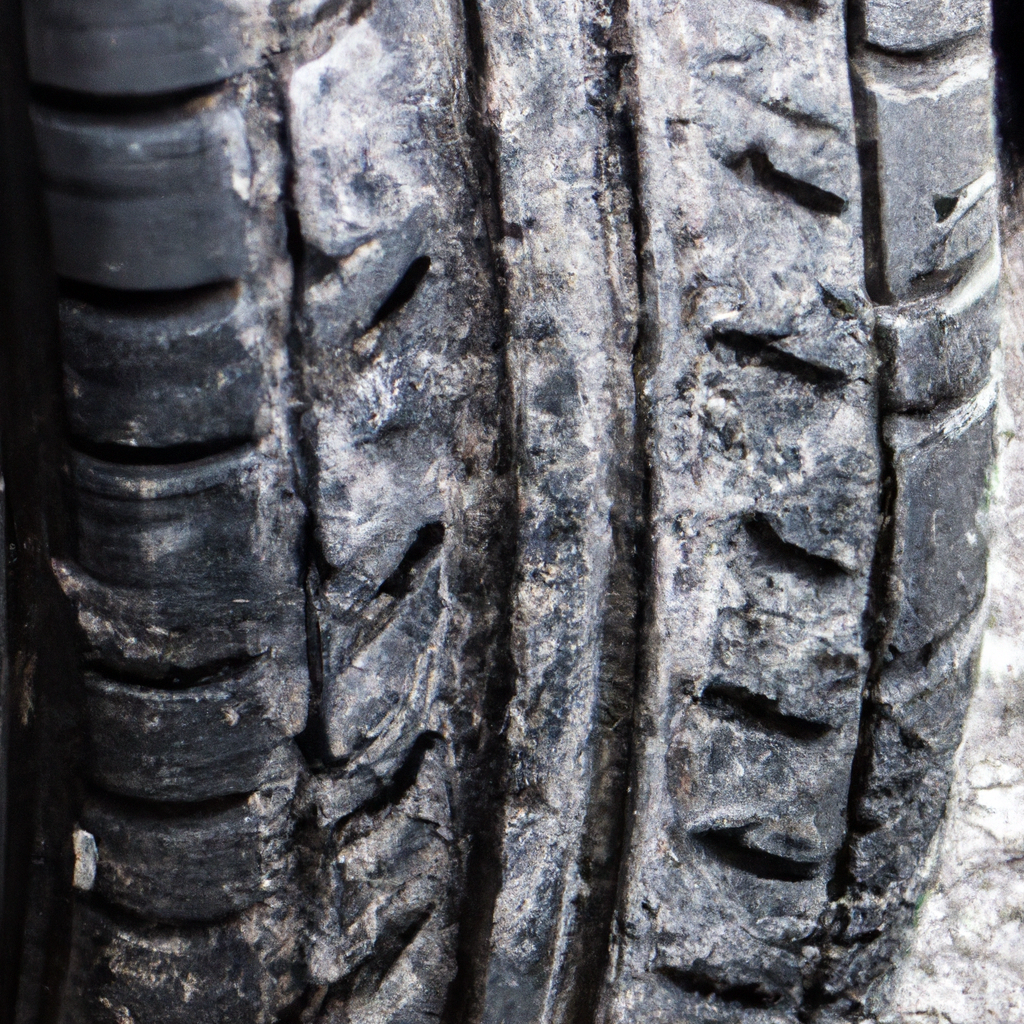If you’re a car enthusiast or someone who takes pride in maintaining the pristine condition of your wheels, you may have wondered about the impact of road salt on their finishes. From snowy winters to coastal drives, road salt is a common companion on our journeys, but its corrosive effects on our beloved wheels can be a cause for concern. In this article, we’ll explore the potential damages that road salt can inflict on various wheel finishes and provide some tips to help you protect and preserve their aesthetic appeal. So buckle up and let’s dive into the world of road salt’s impact on wheel finishes!

What is road salt?
Road salt, also known as de-icing salt, is a substance commonly used during winter months to melt ice and snow on roadways. It is typically made up of sodium chloride, calcium chloride, magnesium chloride, or potassium chloride. When spread onto roads, it lowers the freezing point of water, preventing ice from forming and improving traction for vehicles. While road salt is effective in ensuring safer road conditions, it can have negative effects on wheel finishes.
What are wheel finishes?
Wheel finishes refer to the protective coatings or treatments applied to the surface of wheels to enhance their appearance and durability. They can range from standard factory finishes like chrome or painted finishes, to specialized aftermarket finishes such as powder coating or ceramic coating. These finishes not only contribute to the aesthetics of the wheels but also protect them from environmental factors and wear and tear. However, when exposed to road salt, wheel finishes can experience various types of damage.
How does road salt affect wheel finishes?
Road salt, while it effectively melts ice and snow, can have detrimental effects on wheel finishes. The corrosive nature of road salt, coupled with the abrasive properties of the particles it contains, can lead to irreversible damage to the surface of wheels. Some of the common impacts of road salt on wheel finishes include corrosion, scratches and abrasions, discoloration, reduced longevity, and difficulty in cleaning.
Corrosion
One of the most concerning effects of road salt on wheel finishes is corrosion. The salt particles, when in contact with the metal surface of the wheels, can trigger a chemical reaction that leads to the formation of rust. This can cause the wheels to weaken structurally, resulting in potential safety hazards. Corrosion can also cause the wheel finishes to flake or peel off, further accelerating the damage.

Scratches and abrasions
As road salt is often applied to road surfaces in granular form, it can contain small, sharp particles that act as abrasives. When vehicles drive over salt-treated roads, these particles can become lodged in the wheel tread or get stuck between the wheel and the road, leading to scratches and abrasions on the wheel finishes. Over time, these scratches can accumulate and diminish the overall appearance of the wheels.
Discoloration
Another impact of road salt on wheel finishes is discoloration. The corrosive nature of salt, combined with exposure to moisture, can cause the colors of wheel finishes to fade or change. This can be particularly noticeable in painted or powder-coated finishes, as the salt can strip away the protective layers and expose the underlying metal to the elements. Discoloration not only affects the visual appeal of the wheels but also signifies underlying damage.

Reduced longevity
Road salt can significantly reduce the longevity of wheel finishes. The constant exposure to salt over the winter months can accelerate the deterioration of protective coatings, increasing the likelihood of corrosion, scratches, and discoloration. In extreme cases, wheels may become irreparably damaged and require replacement. Therefore, it is important to take proactive measures to protect wheel finishes from the corrosive effects of road salt.
Difficulty in cleaning
The residue left behind by road salt can make cleaning wheels a challenging task. The salt particles can adhere to the surface, making it difficult to remove them with regular cleaning methods. It may require more intensive cleaning techniques or specialized cleaning products to effectively eliminate the salt residue. Failure to remove road salt promptly can exacerbate the damage to wheel finishes and hinder their long-term durability.

Steps to protect wheel finishes from road salt
To safeguard wheel finishes from the detrimental effects of road salt, it is crucial to take certain preventive measures and adopt a proactive approach to maintenance. Here are some important steps you can take:
Regular cleaning and maintenance
Frequently cleaning your wheels during the winter season is essential to prevent the buildup of road salt and minimize its destructive effects. Make sure to use a gentle wheel cleaner specifically formulated for removing salt residue and follow the manufacturer’s instructions. After cleaning, thoroughly dry the wheels to prevent moisture accumulation, which can contribute to corrosion. Additionally, regular maintenance, such as waxing or applying sealants, can provide an extra layer of protection against road salt.

Applying protective coatings
One effective method to protect wheel finishes from road salt is to apply a protective coating, such as a ceramic coating or wheel sealant. These coatings create a barrier between the wheels and the corrosive elements, preventing salt and moisture from directly contacting the wheel surface. It is important to thoroughly clean and prepare the wheels before applying any protective coating to ensure proper adhesion and effectiveness. Consulting with a professional detailer or following the manufacturer’s guidelines is recommended for optimal results.
In conclusion, road salt can have a significant impact on wheel finishes, causing corrosion, scratches, discoloration, reduced longevity, and difficulty in cleaning. However, by practicing regular cleaning and maintenance, and applying protective coatings, you can minimize the effects of road salt and preserve the appearance and durability of your wheels. Remember, taking proactive measures is key to ensuring your wheels continue to shine and withstand the harsh winter conditions.

